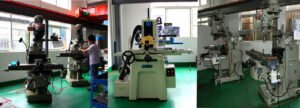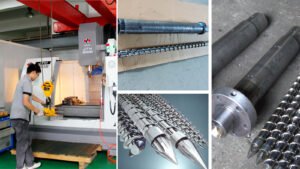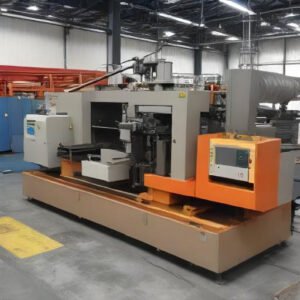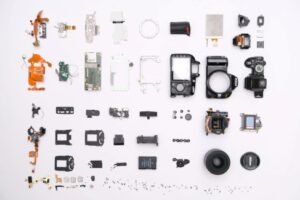Outline
- Introduction
- Cooling Process in Injection Molding
- The process of controlling cooling in injection molding?
- How to optimize injection mold cooling system design
- Reynolds number
- Conclusion
Introduction

Injection molding involves heating a plastic resin before injecting it into a mold cavity. The plastic fills the cavity, adapts to its shape, and then cools. This cooling process solidifies the plastic into a finished component, however, an unequal temperature across the mold might produce uneven cooling, resulting in part flaws.
Cooling lines, also known as cooling channels, help to ensure that injection molds cool uniformly and that plastic parts are free of sink marks and bending.
Proper cooling in injection molding lowers the chance of defects, rework, and scrap material. Because cooling accounts for up to 75% of the injection molding cycle time, it is critical for an injection molder to figure out the best cooling channel design and reduce potential risks to molded parts. Kuixing Electronics specializes in cooling injection molds and can optimize cooling flow for proper temperature control.
In this article we are going to learn how the cooling system works in the injection molding process, and how to optimize cooling channels in plastic injection molds.
Cooling Process in Injection Molding
To understand how cooling works in injection molding, first consider what happens to the material throughout the entire molding procedure. When material gets injected into the cavity of a mold, it initially fills the space at an intense temperature. The material will begin to cool as it loses temperature to the cavity’s walls. The rate of cooling will be determined by a variety of parameters, including the size and shape of the part, the type of material used, the thickness of the wall, and the mold’s insulation level.
As the material cools, it begins to compress. If not properly regulated, this contraction can lead to warpage. Warpage occurs when a part deforms from its original shape owing to uneven cooling. It may be caused by distinct parts of the part cooling at different rates or by different sections of the wall thickness chilling at different rates. That is why appropriate cooling is so critical in injection molding; if not regulated, warpage can result in scrap parts and costly mold repairs or replacements. Heat from the plastic mold cavity spread to the cooling water pipe as a result of the effects of water cooling, via convection heat transferred by the coolant. The remaining heat that has not been chilled by water proceeds to be transferred to the mold, which becomes distributed in the atmosphere.
The following steps are used in the injection molding process: mold closing duration, filling duration, holding duration, cooling duration, and ejection. The cooling period accounts for roughly 70% to 80% of the molding cycle. As a result, the cooling time has a direct impact on the time and pace at which plastic products are molded. To avoid distortion induced by residual tension and external force, the temperature of the plastic goods in the release stage should be kept below the temperature of thermal deformation.
The Process of Controlling Cooling in Injection Molding

In injection molding, you can control cooling by utilizing either conformal or effective cooling channels. Conformal cooling channels are 3D-printed directly into the mold, following the part’s curves perfectly. This gives you fine control over where the coolant flows and how much heat is evacuated from each location of the part.
Effective cooling channels are drilled or machined into molds, which are not just as accurate but provide a less expensive option. The design of either type of cooling channel is critical for producing high-quality parts with low warpage.
Injection mold cooling system layout:
Regardless of the sort of cooling channels you employ, there are numerous significant elements that we, here at Kuixing Electronics, consider in our designs:
- Cooling channels should be placed as close as possible to the thickest region of the mold cavity.
- Multiple smaller channels perform better than a single large channel.
- Keep the bigger cooling tubes the same diameter throughout the mold.
- Ensure that both parts of the mold cool consistently.
- Consider heat transfer when selecting mold materials to improve cooling efficiency.
Structural Aspects of Cooling Channels
The following cooling channel design considerations will help you achieve good channel design.

Bubblers
Bubblers are little channels that branch off the main channel, allowing coolant to reach a larger surface area of a part. Coolant passes through the tube of a bubbler, down the exterior, and back into the main cooling channel.
Baffles
Semicircle-shaped baffles are positioned at a straight angle to the main cooling line. Coolant runs through one side of a baffle and out the other, increasing the surface area that the coolant may reach.
Thermal Pins
Thermal pins are filled with a fluid that cools by collecting heat from the mold, vaporizing it, and then condensing it back to liquid when the coolant reaches it. This process can be repeated throughout each cycle.
Reynolds number
For optimal cooling flow, injection molding requires maintaining the correct Reynolds number. The dynamics of fluid flow are determined by this dimensionless number, which is equal to the ratio of inertial and viscous forces.
Re=ρvd/μ
where ρ is the fluid thickness, v is the rate of flow, d is the pipe diameter, and μ is the viscosity.
To achieve the correct balance, injection molding machines have complex control systems that monitor temperature and pressure throughout the cooling process. Manufacturers can increase productivity and generate higher-quality products by maintaining an appropriate Reynolds number.
After reading all of this you might be thinking that an expert is needed to lay out a proper process so that your final product can be defect-free. Stop worrying now, because we’ve got you covered. Just contact us here to discuss your product and design and our team of experts will make sure to lay out the perfect process for the manufacturing of your device!
Conclusion
In conclusion, optimizing cooling channels in plastic injection molds is essential to ensure uniform cooling while preventing flaws such as distortion. The cooling process is essential to the injection molding cycle, taking up a large amount of time. Whether using conformal or effective cooling channels, rigorous design considerations, such as closeness to the thickest mold sections and constant cooling, are critical. Structures such as bubblers, baffles, and thermal pins improve cooling efficiency even further. The Reynolds number is critical in providing adequate cooling flow, especially in injection molding equipment with sophisticated control systems. Understanding and executing these ideas allows manufacturers to optimize cooling channels in plastic injection molds.
External links:
https://www.sciencedirect.com/science/article/abs/pii/S0959652620314220
